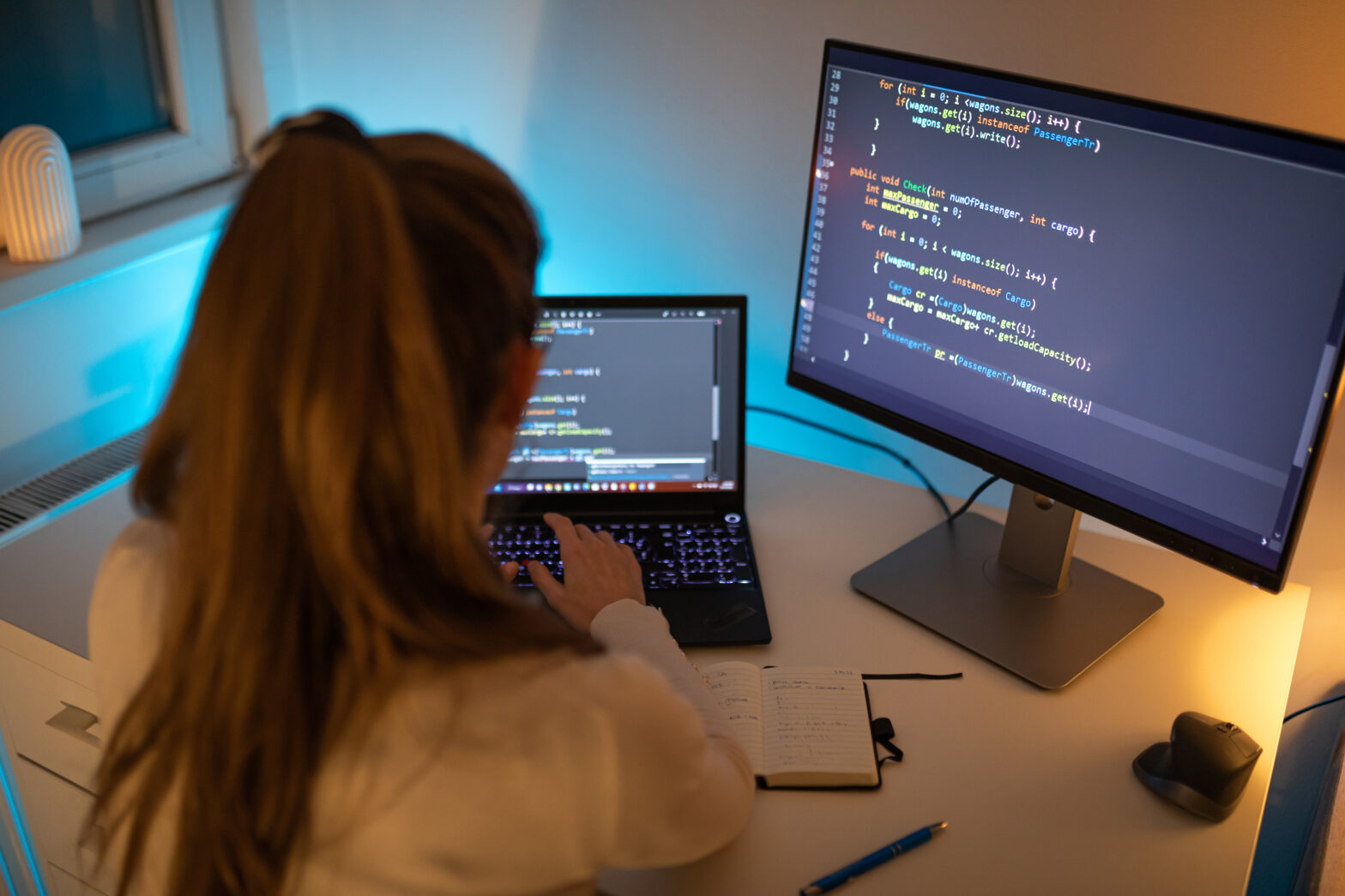Back in 2011, Wales' education minister asked a committee of educators to investigate the potential of digital technologies to improve learning in the country.
What they found is that by allowing students and teachers to create and share learning materials, digital technology promises to make education a more collaborative experience.
In a report entitled "Find it, make it, use it, share it", the taskforce laid out a vision to create a "a first-class hub" that would allow teachers and students "to be creators and active participants in the fast-changing digital landscape around us".
The government took its recommendations on board, and started work on Hwb, a nationally funded online portal for learning materials. The Hwb itself is like an online library of teaching materials, with more than 80,000 individual "assets", that schools can use for free over the web.
But another project, called Hwb+, is a better reflection of the collaborative focus of the task force's report.
It is, put simply, an online, SharePoint-based portal that any teacher can use to engage and interact with their pupils.
It is not unlike a corporate intranet – each user, be they a student or a teacher, has a customisable landing page where they can view messages and their own calendar. The platform also has all the content publishing options one would associated with a modern intranet – blogs, wikis, discussion forums and survey functionality.
"None of these features are revolutionary," explain Matthew Geary, a primary school teacher who has been seconded to the government to be a "digital leader" for the project. "But we're putting it all under one roof, where it is safe and secure and can only viewed by relevant people."
Schools can use the platform in a variety of ways. Teachers can share content with one another – it is integrated with Microsoft's cloud-based desktop app suite, Office 365, so documents can be edited within the portal.
They can also create portals for their classes for students to use. Glyn Rogers is a geography teacher at Ysgol Gyfun Gwynllyw, a secondary school in Newport and one of the early beta testers for the Hwb+ system.
He uses it to share online materials with his students and to interact with them outside the classroom. "I teach an optional subject, so I might only see my pupils for one hour a week," he says, so the Hwb+ system allows him to maintain the relationship outside that hour.
Just the simple act of being able to share learning materials with students frees up time in the classroom that might otherwise be wasted handing out sheets.
But the ability to integrate external online tools, such as presentation software Prezi, 3D photo visualisation tool Photosynth and bookmark service Symbaloo, means he can also create interesting and engaging materials that his students like to engage with.
In particular, he says, these digital tools encourage students to be more active participants in their own learning. "This isn't about sharing knowledge, it's about encouraging independent learning."
Student sharing
Possibly the most significant departure from conventional learning is the fact that Hwb+ allows students to publish their own material online, where it can be discussed and rated by their peers.
This could open the potential for abuse, of course, but digital leader Geary says that has not been a problem for the schools who have deployed it so far. "Kids are aware that everything the post has their name attached to it," he says.
Indeed, he adds, having a web platform operated by the school itself allows teachers to have constructive discussions with their pupils about appropriate behaviour online.
Furthermore, there is a "worry box" that allows students to submit concerns to their teacher privately.
The platform was launched in December 2012, and for now is being tested with "early adopter" schools. The biggest challenge for the project will be to convince less tech-savvy teachers of the virtues of this more collaborative approach to education.
To help teachers understand Hwb+, and to encourage adoption, the Welsh department of education is holding dedicated "teach meets", informal show-and-tell sessions that allow educators to share their experiences of the platform.
This is an essential requirement if the technological features of the platform are to translate into meaningful cultural change in the Welsh education sector, says Glen Gilchrist, a science teacher and content advisor to the Hwb+ project.
"Until we're changing people's mindsets, all we've provided is a nice technological solution that they aren't embedding into their practice."










